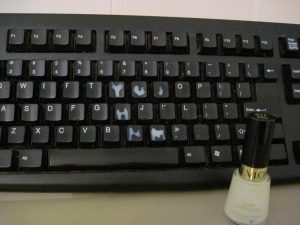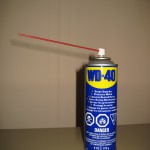Okay, everyone knows that sitting for long periods of time isn’t good for you. Your bottom tends to get bigger and back pain often occurs over time. But I never knew sitting could kill me!
Yes, according to an article in the Mayo Clinic newsletter, prolonged sitting can increase a person’s risk of health problems and premature death from cardiovascular disease.
One study revealed that adults who sat in front of the TV for more than four hours a day had an 80 percent increased risk of death from heart disease and stroke than those who watched less than two hours of TV a day.
And it’s not just TV. Any bouts of extended sitting; be they in front of a computer, at a desk or driving a vehicle increases the risk. Another shocker – apparently going to the gym after work doesn’t magically erase those harmful hours of being on your duff.
So what to do?
“The solution,” according to Dr. James Levine, “seems to be less sitting and more moving. Simply by standing, you burn three times as many calories as you do sitting. Muscle contractions, including the ones required for standing, seem to trigger important processes related to the breakdown of fats and sugars. When you sit down, muscle contractions cease and these processes stall.”
Now I have considered altering my work station so I could type sitting down or standing up. In fact, I know an artist who has an adjustable easel for just that purpose.
But then I discovered a cool video on the Mayo Clinic website.
In it, Dr. James Levine, a Mayo Clinic researcher, says that people are built to walk. He’s studying the benefits of treadmill desks, which allow people to walk while they work.
“What we’ve ended up with are vertical desks that can be personalized for the individual user,” he explains. “They can be used while walking on a treadmill, they can be used while standing still, they can be used while seated.”
Now this is an intriguing idea. I could work, reduce my risk of cardiovascular disease and maybe shed a few pounds all at the same time. Sounds like a win-win situation to me.
Now I wonder just how much one of those a treadmill desks costs? And if I could actually type while walking?



